The streaming market has become an increasingly crowded place in recent years, but it wasn’t always such a packed space. Netflix was one of the first streaming services to really make an impact on mainstream users. Netflix also played a pivotal role in the cord-cutting movement of the late 2000s. So when did Netflix start and how did it become the giant it is today?
Let’s take a closer look at Netflix’s history and how a simple mail-order video service disrupted the way we watched movies and television forever.
When did Netflix start? Reed Hastings and the early history of Netflix

Most of us know Netflix as a streaming service, but it began its life as a much simpler concept. Netflix founders Reed Hasting and Marc Randolph founded the company in 1997. At the time both men worked together at Pure Atria, where Hastings was the CEO and founder. Knowing that an upcoming merger would leave both of them out of a job, Reed asked Randolph to come up with an idea for a business venture. If Hasting liked it, he would finance the whole thing.
Randolph proposed various e-commerce ideas including selling personalized dog food, home-delivery shampoo, and even surfboards. None of these impressed Hastings, until Randolph pitched the idea of mail-order DVDs. DVDs were a new technology, but their lighter weight made them practical for mail-order distribution. Something that couldn’t be said for VHS tapes.
Randolph and Hastings eventually tested the concept by mailing a disc to Hasting’s house. After the disc arrived safely, the two partners got to work. Hastings invested roughly $2 million into the online DVD rental store concept. The service would launch in 1998 with a staff of 30 employees and a library of nearly a thousand DVDs. Reed Hastings would initially serve as Chairman with 70% ownership, while Randolph was the CEO and minority owner.
Although Netflix didn’t prove an instant hit, it didn’t take long for it to find a successful formula. Two years into its existence the company would introduce a subscription-based model where users paid a flat monthly fee of $6.99. The subscription included unlimited access to their entire DVD catalog with no due dates or late fees of any kind. This was the moment that changed everything and over the coming years would start to turn Netflix into a household name.
Netflix started its life out as a DVD mail-order service but would quickly evolve over the first decade of its life.
The future was still uncertain and in the September of 2000 Netflix approached Blockbuster hoping to reach some kind of a deal. Its said that Hastings offered to sell the company to the brick-and-mortar video chain for $50 million but they weren’t impressed. Allegedly Hastings and Reed were laughed out the door, with the offer being called a joke.
Many felt that the dot-com growth of the late 90s was a temporary thing. In Blockbuster’s defense, the dot-com bubble would burst not too long after this, and this would affect many companies during this timeframe. Netflix would continue to weather on despite these challenges and would grow to over a million subscribers by 2001. The next few years would see increased growth and improvement in Netflix’s subscription plans. It would also see Marc Randolph depart from the company after selling his shares in 2003.
By 2006 Netflix would finally become profitable for the first time, generating more than $80 million in revenue, thanks to its nearly seven million subscribers. Even more impressive, Netflix had successfully disrupted the video rental market. Brick-and-mortar video businesses were starting to really take a revenue hit across the country, largely due to mail-order alternatives like Netflix. But it was 2007 that would bring the final nail in the coffin for brick-and-mortar video with Netflix’s push into video streaming.
Netflix launches on-demand streaming and blows up the entertainment industry
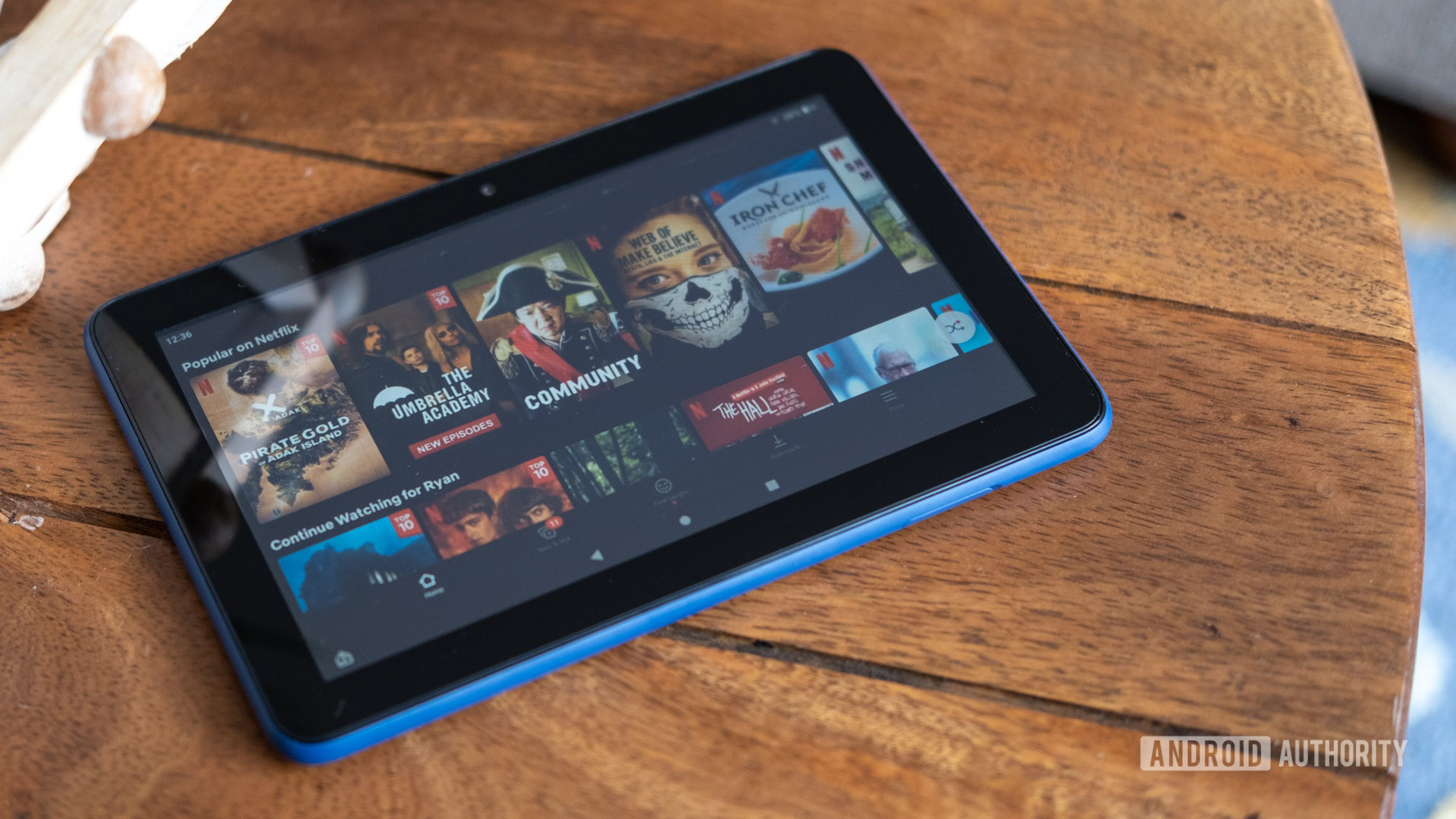
Ryan Haines / Android Authority
Netflix’s move to streaming didn’t happen overnight. In 2007 Netflix began offering a “Watch Now” option on its website, which would prove to be a big moment in Netflix history. The new service allowed DVD plan subscribers to watch a limited number of movies for no additional cost. As a Netflix subscriber since around 2005, I remember the early days of Netflix streaming well. The service was very limited at first, but it held plenty of promise.
There were only one thousand titles at debut and no originals whatsoever. Heck, there weren’t even any new releases. While I don’t remember the whole library, I do remember that most of the shows were from the 90s or earlier, with a smattering of movies from the new millennium. I can say pretty confidently that nothing was newer than five years old. Also it’s worth noting the quality wasn’t even SD and that the basic $6.99 monthly DVD plan only included six hours of streaming.
There were also no set-top boxes back then, either. As Netflix continued to test its streaming platform it decided that watching from a PC wasn’t exactly convenient. In April of 2007 Netflix would recruit Anthony Wood, a pioneer in the DVR business to solve this problem. Netflix wanted a simple player that could stream content directly to a television, instead of requiring a PC or laptop.
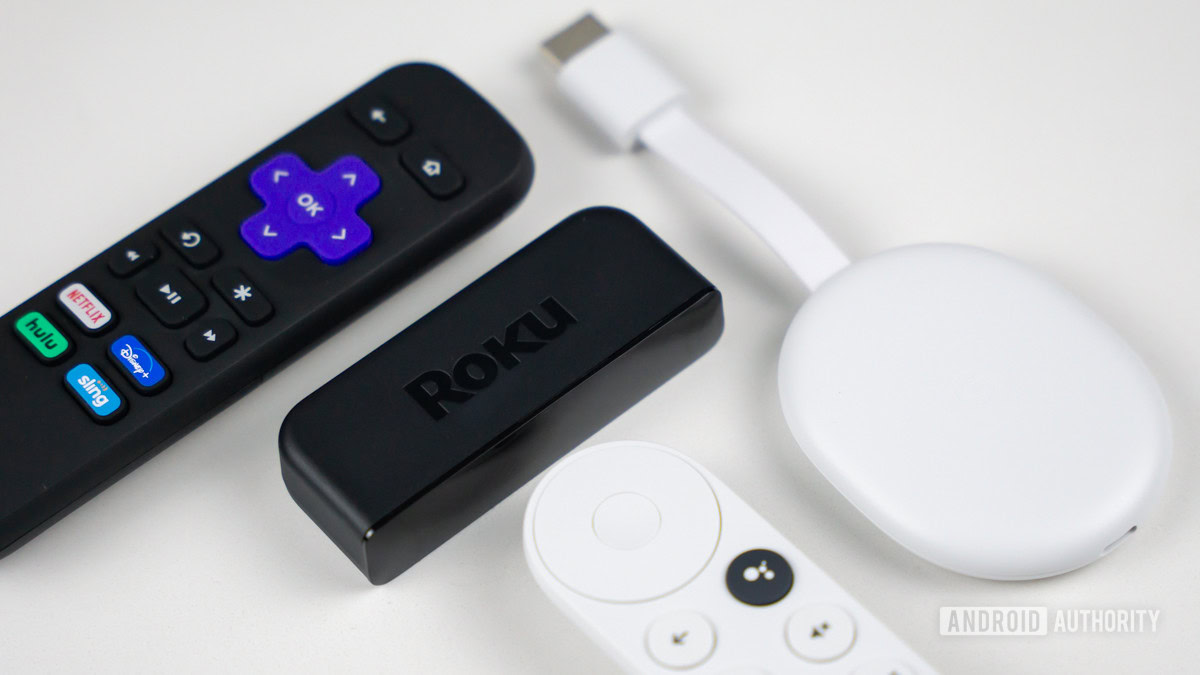
Edgar Cervantes / Android Authority
Eventually, the project would shut down. Instead, Reed Hastings opted for a 3rd party licensing model, where television and DVD makers would include Netflix pre-installed. Woods would leave the company and would take his efforts and use them to found Roku.
Netflix’s streaming user base would explode quickly, in large part thanks to its efforts to get its service pre-installed onto as many devices as possible. The growth of faster internet speeds would also start to give birth to the cord cutter movement around this time. Cable bills were expensive and many of us were looking for alternatives. Netflix was a compelling option at a fraction of the price of cable. Most of us (myself included) would pair Netflix with over-the-air streaming or even Amazon Instant Video, or Amazon Unbox, as it was known when it debuted in 2006.
As Netflix grew, so did its competition. Amazon Unbox would continue to improve and evolve, rebranded to Amazon Video on Demand in 2008. Hulu would also join the scene in 2007, offering a lot of major network shows within days after they first aired. It was clear that streaming was here to stay, and by 2010 Netflix would officially change its priorities to streaming.
Reed famously said at the time, “Three years ago we were a DVD by-mail company that offered some streaming. We are now a streaming company which also offers DVD by mail.” By 2010 there were around 530 TV shows and nearly 7,000 movies available.
This was also the year that Blockbuster would file for bankruptcy after a brief attempt to make its own Blockbuster Online service. While it did manage to attract 2 million subscribers during its lifetime, Blockbuster’s attempt at streaming was too little too late.
Over the next several years brick-and-mortar video stores would continue to close around the country as the streaming wars continued to heat up.
The streaming wars heat up with the birth of original programming
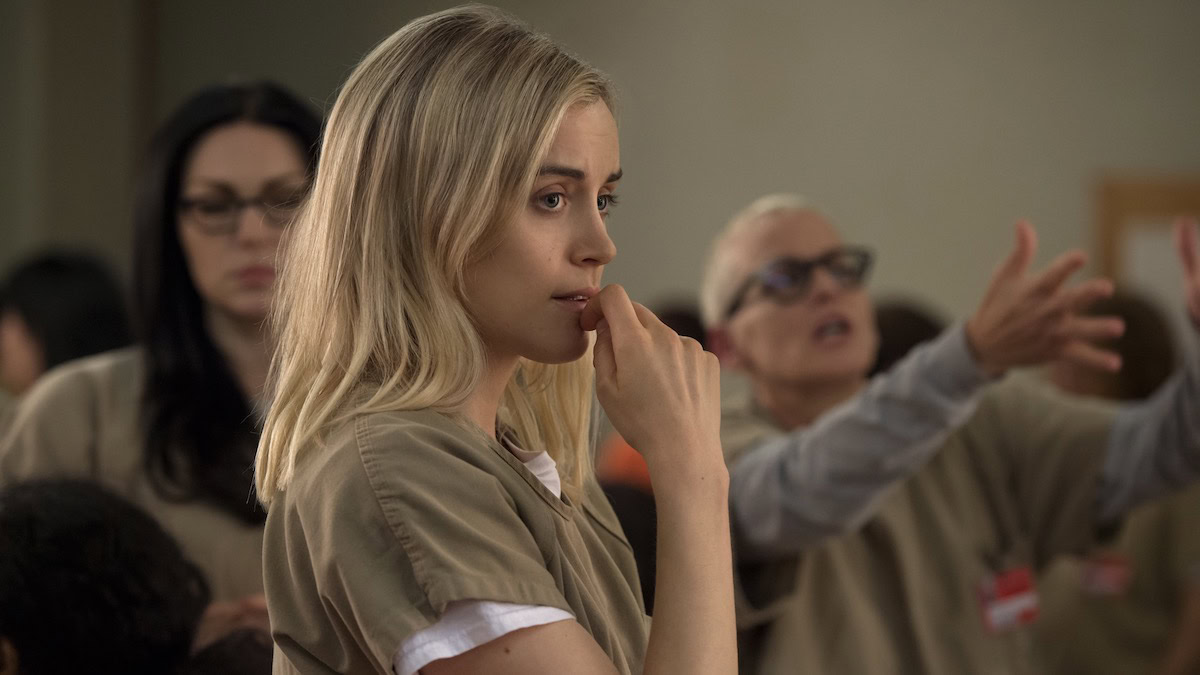
For the next several years Amazon, Hulu, and Netflix remained the three big streaming services. At this time all three services used partnerships with other studios and companies in order to fill their content library. Hulu was the first to change things up with the introduction of The Morning After in 2011, its first program made exclusively for Hulu.
Not one to be left out, Netflix would soon begin investing heavily in the creation of its own exclusive content. The first fruit of this effort was a show called Lilyhammer, which debuted in 2012.
Although Lilyhammer had its fans, Netflix really didn’t strike gold until 2013 with the debut of House of Cards and Orange is the New Black. Both shows instantly became hits and marked Netflix’s transition towards a focus on original programming over pre-existing partner content. It also began an era of rapid spending, with House of Cards alone costing at least $100 million to produce the first two seasons. Meanwhile, Orange is the New Black would cost around $4 million per episode.
Over the next few years Netflix would solidify its position as king of streaming largely thanks to the massive success of original shows such as Stranger Things, Ozark, and many more. That’s just hitting the surface when it comes to Netflix’s best original shows and movies.
Despite growing competition, Netflix remains the king of streaming. Its throne is at risk, however.
By 2018 the streaming industry had become a massive giant with Netflix as the undisputed leader, with roughly 60 million US subscribers and 137 million global subscribers. It was followed distantly at this time in second by Amazon Prime Video with 26 million subscribers, with Hulu right on its heels with 25 million subscribers. But change was in the air and in the next few years the streaming market would add a ton of heavy hitters including Disney Plus, Apple TV, Paramount Plus, and Peacock. A few older services retool their strategy around this time, like HBO and Time Warner with HBO Max in 2020.
Despite heavy competition, Netflix would continue to grow throughout all these industry changes. And then the pandemic hit. Although many industries have been negatively affected by COVID, mandatory lockdowns were a massive boon to Netflix and other streaming services. Over the course of 2020 and 2021 Netflix would add around 54.6 million more subscribers. Most of these would join during the first six months of the pandemic.
Of course the pandemic’s boom wasn’t going to last forever. Over the last year the economy has slowly opened back up, people are leaving their homes and first the first time in recent history, Netflix has lost subscribers.
Netflix begins to lose subscribers as the pandemic winds down
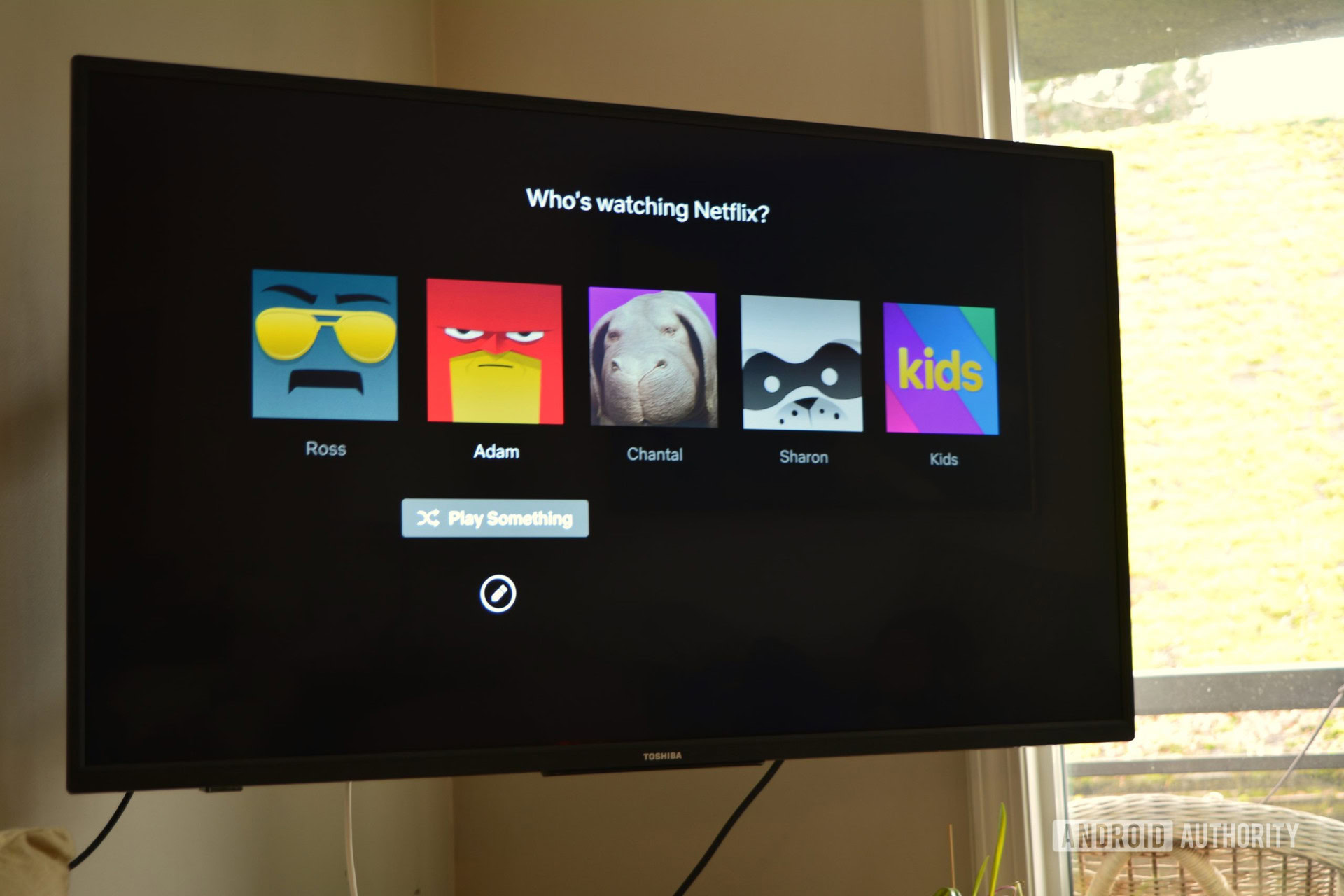
Adam Birney / Android Authority
Netflix had seen steady and rapid growth throughout the company’s existence, but by late 2021 the company’s growth rates were noticeably slowing down. Netflix’s Q4 2021 report indicated an addition of just 8.2 million subscribers, down from their expectations of 8.5 million new users. But it was 2022 that really saw a shift in Netflix’s fortunes.
Netflix’s stock fell by 20% in early 2022, as investors became concerned about Netflix’s growth rates. Things were looking even worse by the end of Q1 2022, with Netflix shedding 200,000 subscribers and with Netflix predicting a loss of another two million subscribers in the second quarter of 2022. Not surprisingly, stocks would drop down yet another 35% in this timeframe.
Netflix’s loss in subscribers isn’t really surprising. First, streaming has gotten very competitive in the last few years. In the early days, many of us would own all major streaming services. That was easy when there were only three, but now there are at least six major services and several others that are attempting to win over consumer attention. In our current economy this gets expensive, and that means many of us are cutting streaming services we don’t use regularly. There are also some who feel Netflix doesn’t offer as much value as it once did, especially amid price increases.
Netflix isn’t alone in losing customers in 2022, as every major streaming service has seen its growth slow down due to a weakened economy. The end of most regional lockdowns hasn’t helped Netflix either, as more folks are back to socializing in the real world, and that means some of the users who signed up during the pandemic might feel they no longer need a subscription.
Netflix isn’t sitting idly by. Recently the company introduced an ad-supported plan for $6.99. In addition to ads, the new plan has a smaller library of titles than the ad-free plan. This new plan could be enticing to those who want to watch Netflix programming but can’t afford the increasing costs of ad-free plans. Whether it makes a huge difference for Netflix’s bottom-line? That remains to be seen.
For what it’s worth, the company already seems to be back on track. During Q3 2022 Netflix actually added 2.4 million new subscribers. Keep in mind this is before the ad-supported plan was rolled out, so odds are Q4 2022 will be even stronger.
What’s next for Netflix?
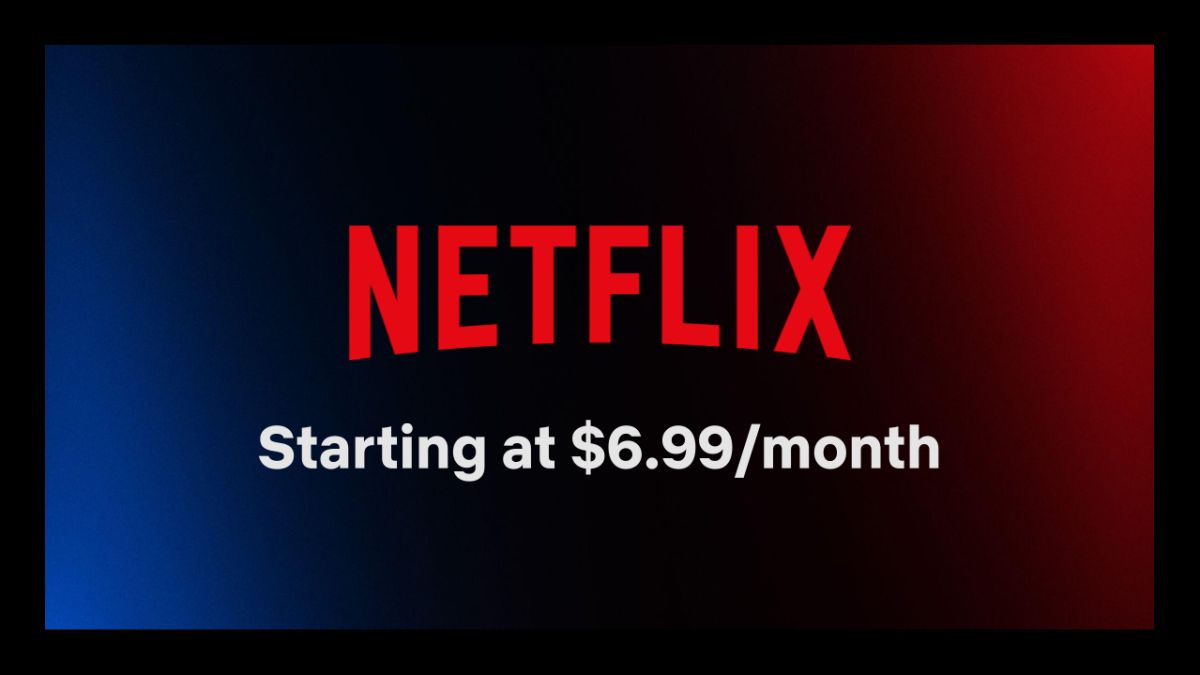
There are debates on whether streaming subscriptions have peaked during the pandemic. The streaming landscape is also becoming crowded, and tighter budgets mean that many of us are making cutbacks. The plethora of choices also means it’s harder to figure out what services you really need. When presented with too many choices, consumers are just going to stick with what’s most familiar or popular.
It’s probably safe to say that not all streaming services around today will be there in five years. We’d wager Netflix will still be here, considering its head start in the industry, legacy, and strong library of originals. What’s harder to call is whether it will still be a leading force or a much smaller player in the years to come.
Food for thought: Can Netflix stay on top in the streaming wars?
FAQ
The answer to that isn’t exactly straightforward. The first movie ever shipped by Netflix’s DVD service was a copy of Beetlejuice. For the streaming service, there were tons of movies released on day one but none of them were exclusive to Netflix. The first Netflix original movie for streaming was Beasts of No Nation, released in October of 2015.
The first Netflix original was a crime comedy-drama TV series called Lilyhammer. The show was actually only partially funded by Netflix, and actually premiered first in Norway under the TV network NRK1.
Technically Netflix has always been called Netflix, at least since its public launch. That said, Co-Founder Marc Randolph previously revealed the company was initially called Kibble as they first prepared to launch the DVD servcie. The name was a nod to the notion that ‘No matter how good the advertising, it’s not a success if the dogs don’t eat the dog food’.
Netflix doesn’t give us breakdowns of its performance per country, but we do have some data on how different regions perform. The Europe/Middle East/Africa market takes the lead with 73.53 milliion subscribers, followed byUSA/Canada with 73.39 million.
Although Netflix doesn’t officially share these numbers, it is estimated that the company spent over $17 billion in 2021 and another 18 billion in 2022.
Actually multiple Netflix movies have received Oscars, with a total of 16 Oscars in 11 categories and with over 100 nominations. A few noteworthy Oscar-winning films include Don’t Look Up, thte Irishman, and The Power of the Dog.
Netflix as a company is now 25 years old, as it founded in 1997 and started offering its service to consumers in 1998. Its life as a streaming service is more recent, starting in 2007 (15 years ago).
